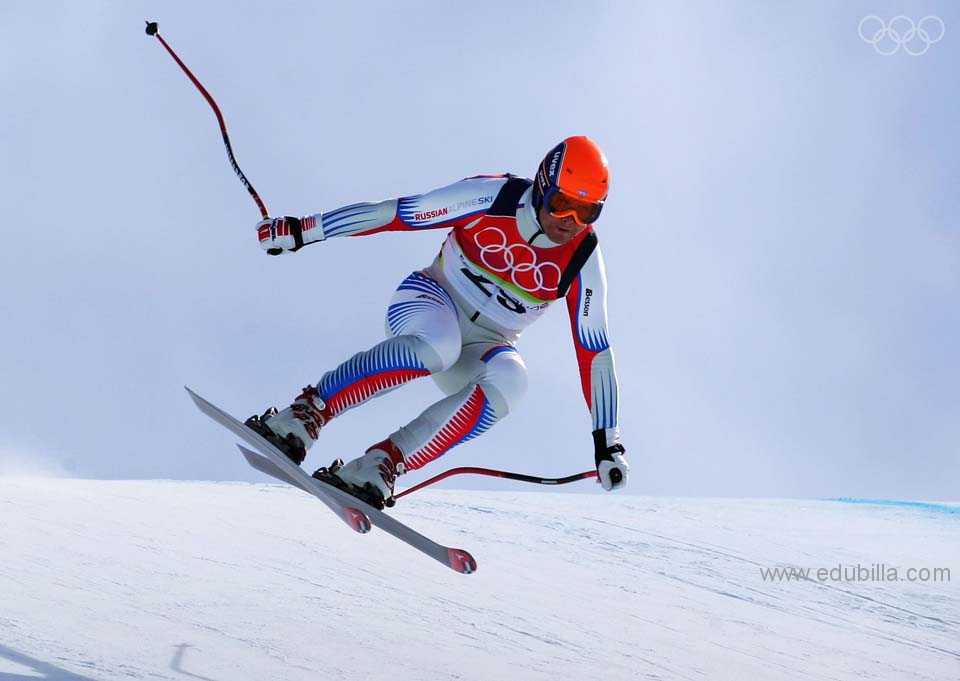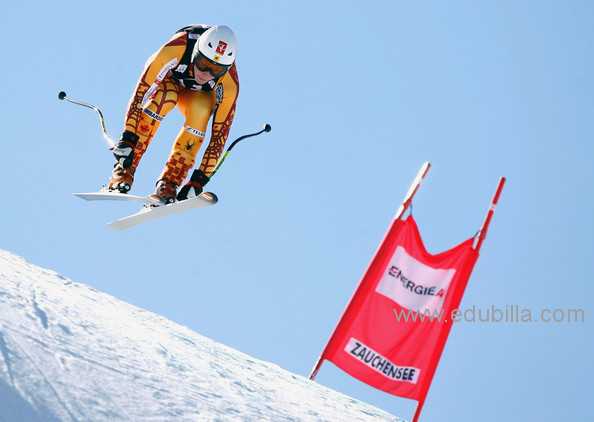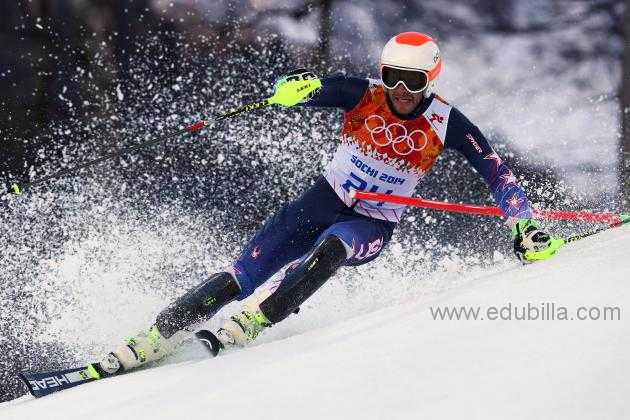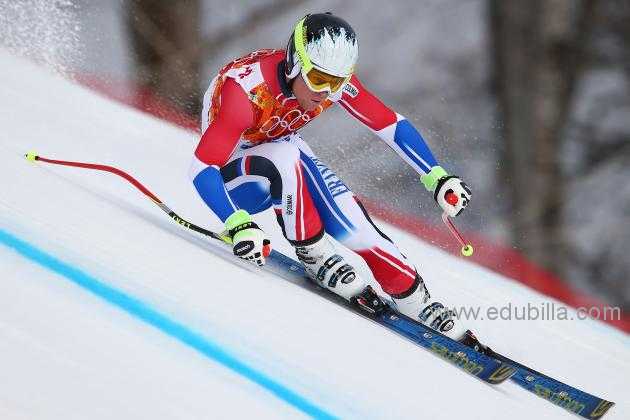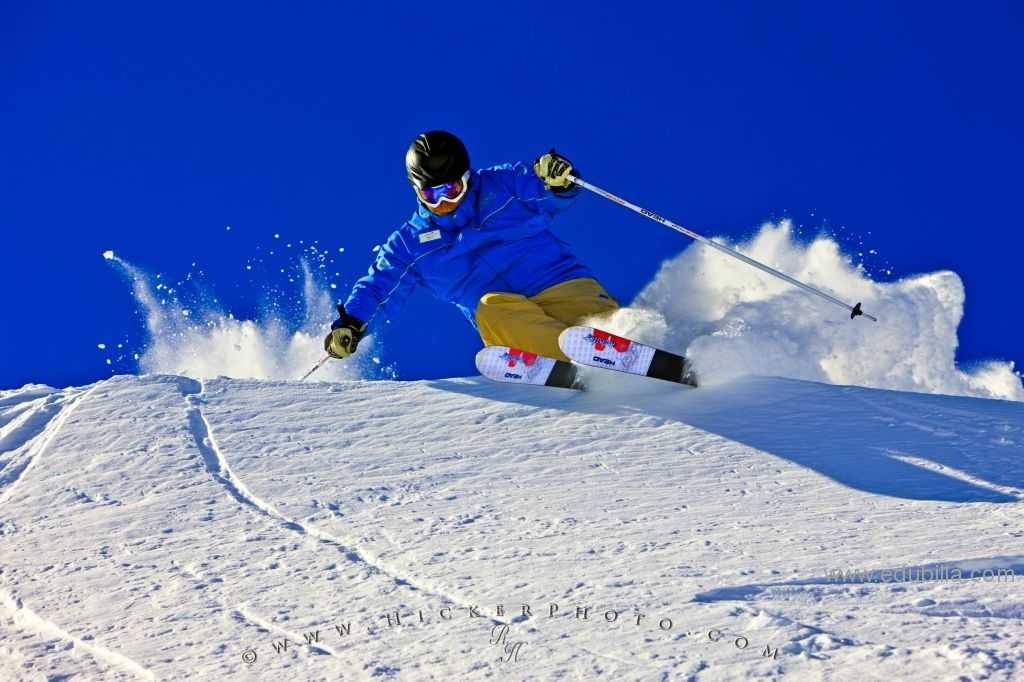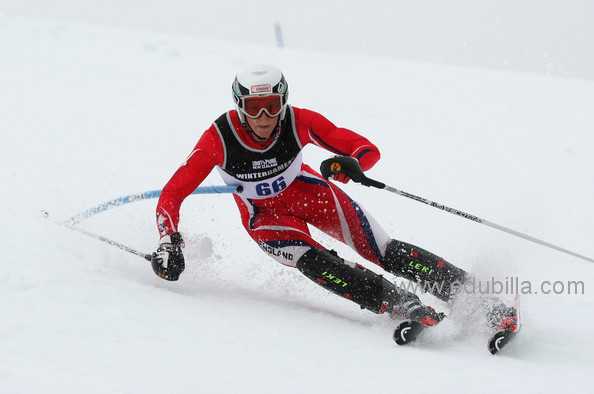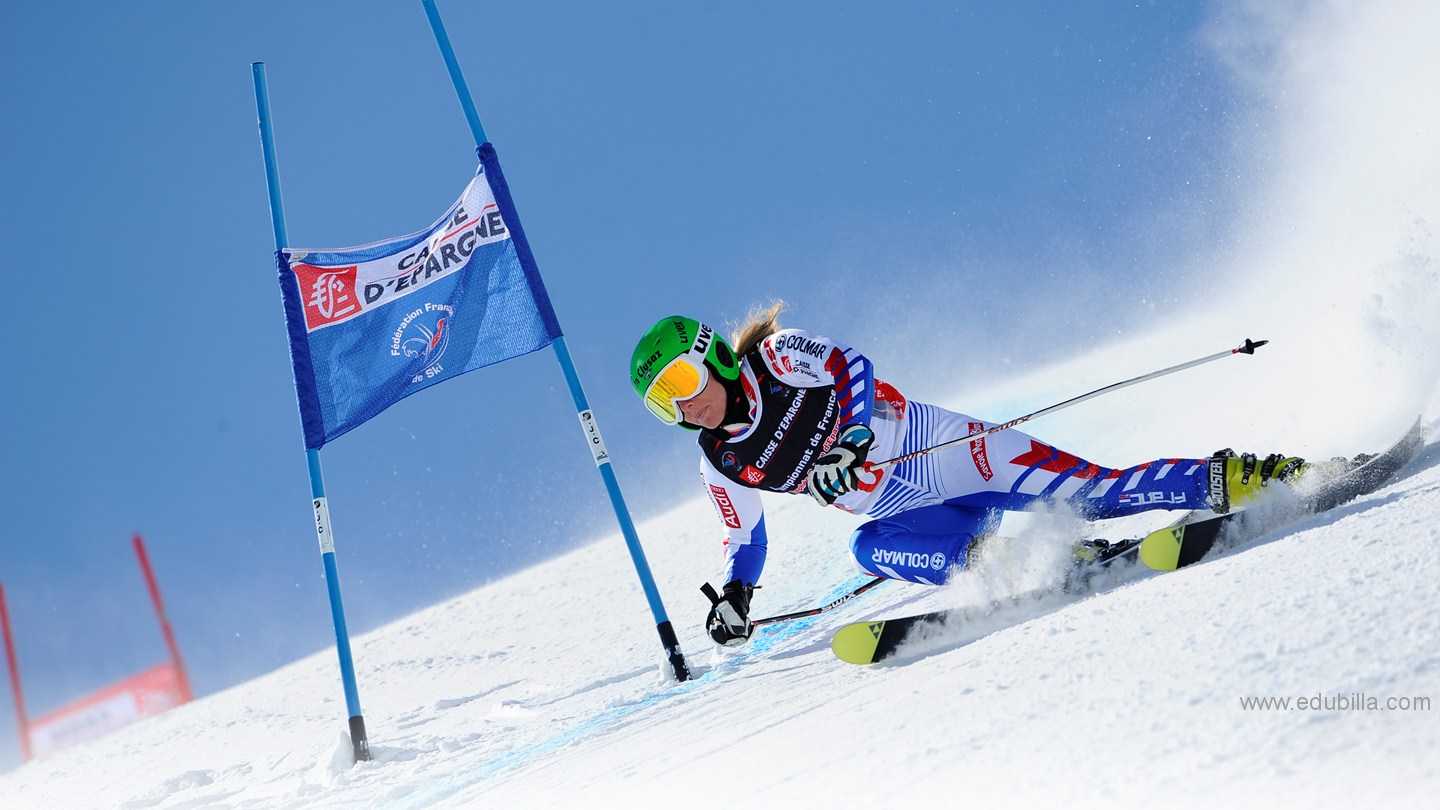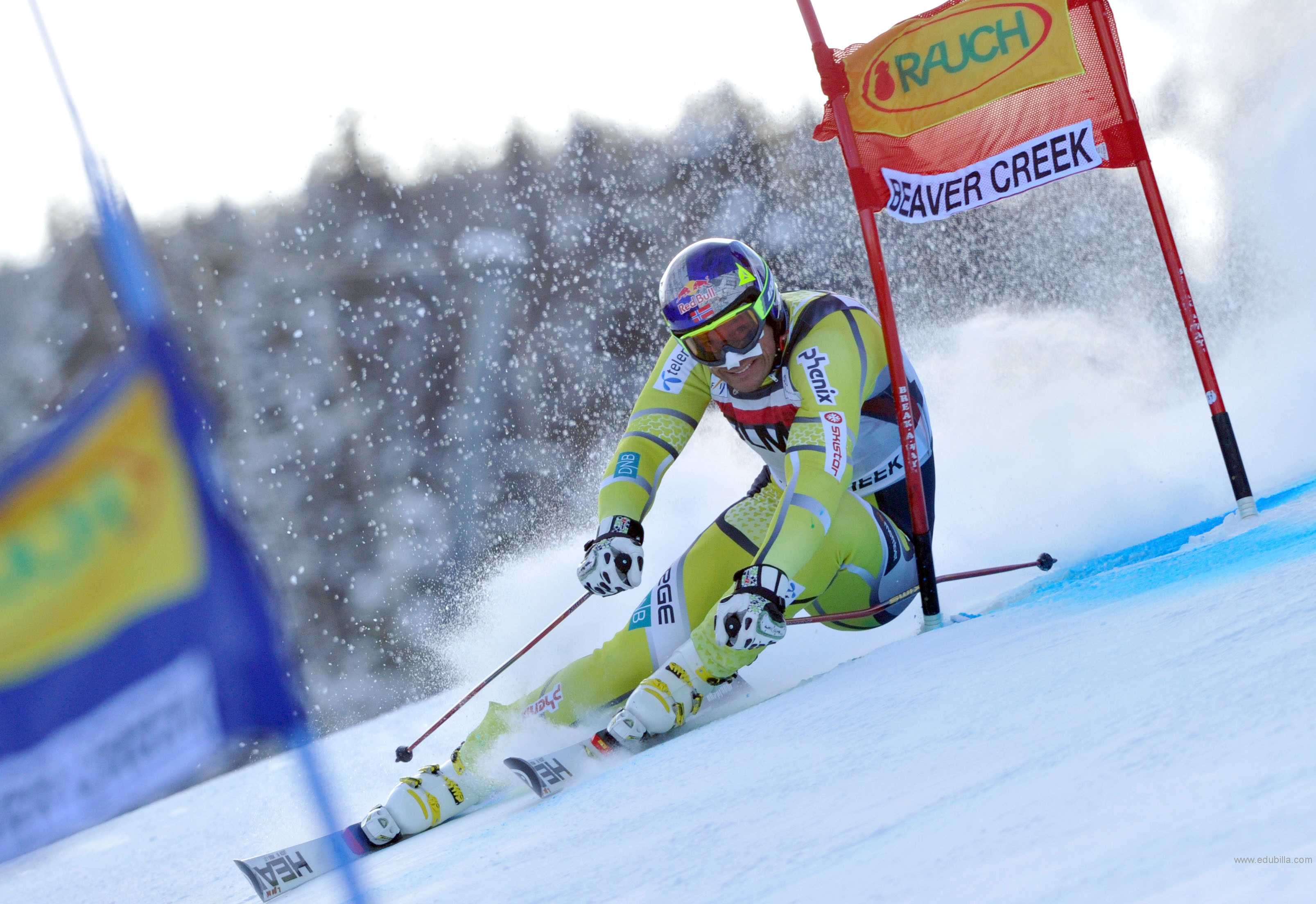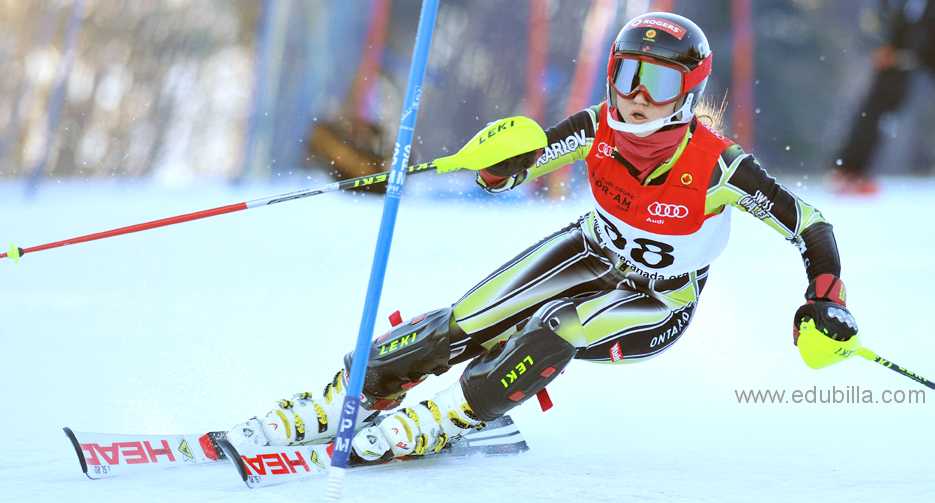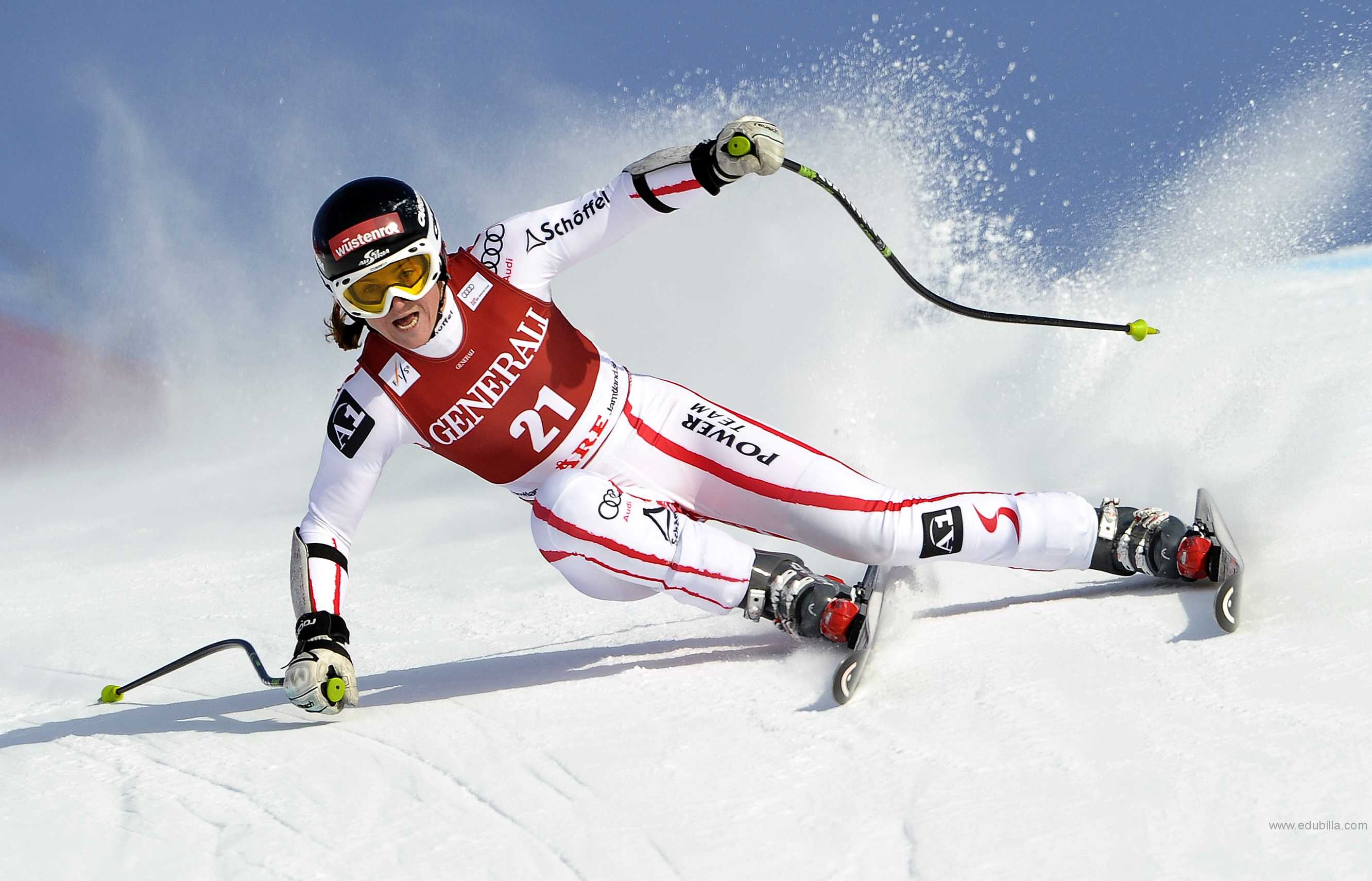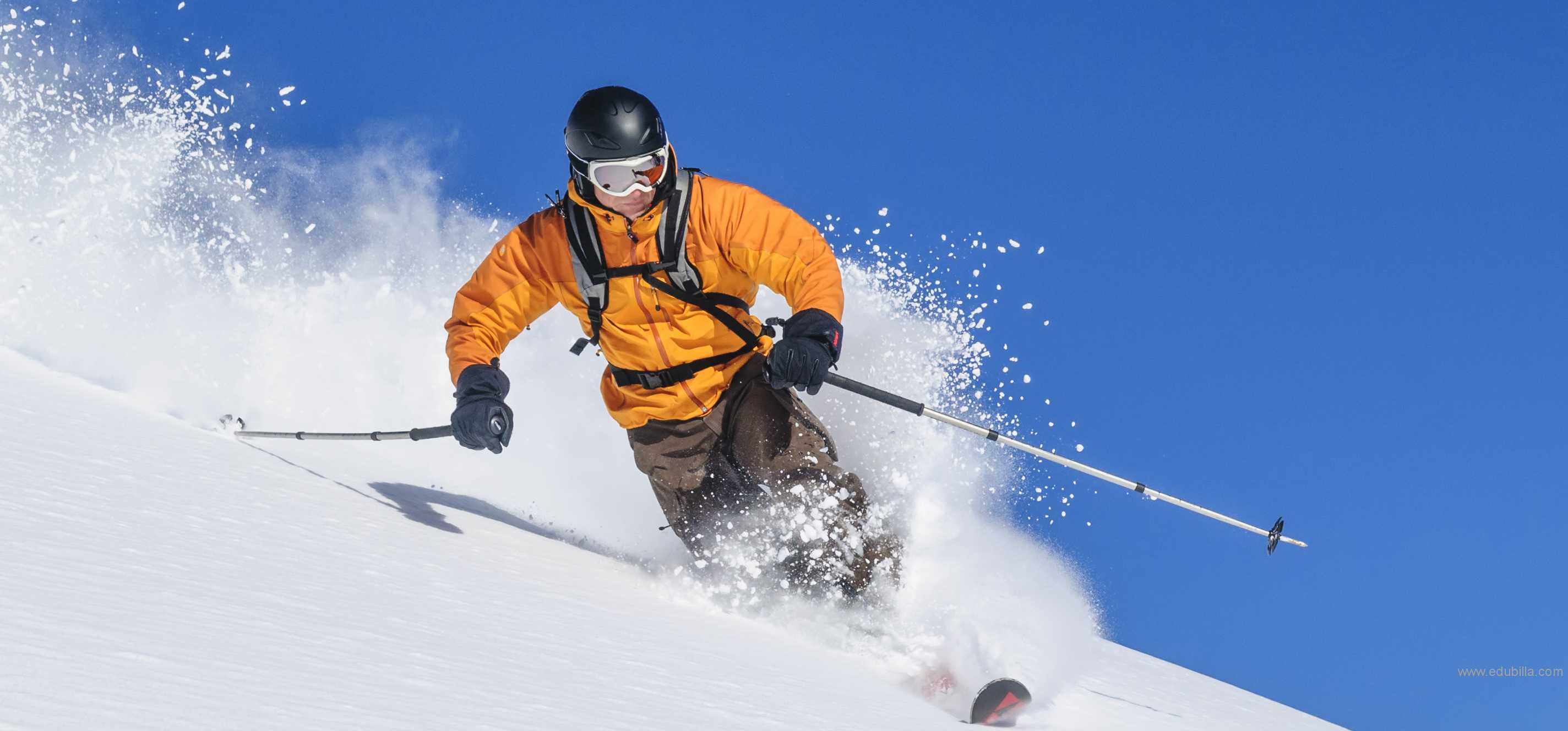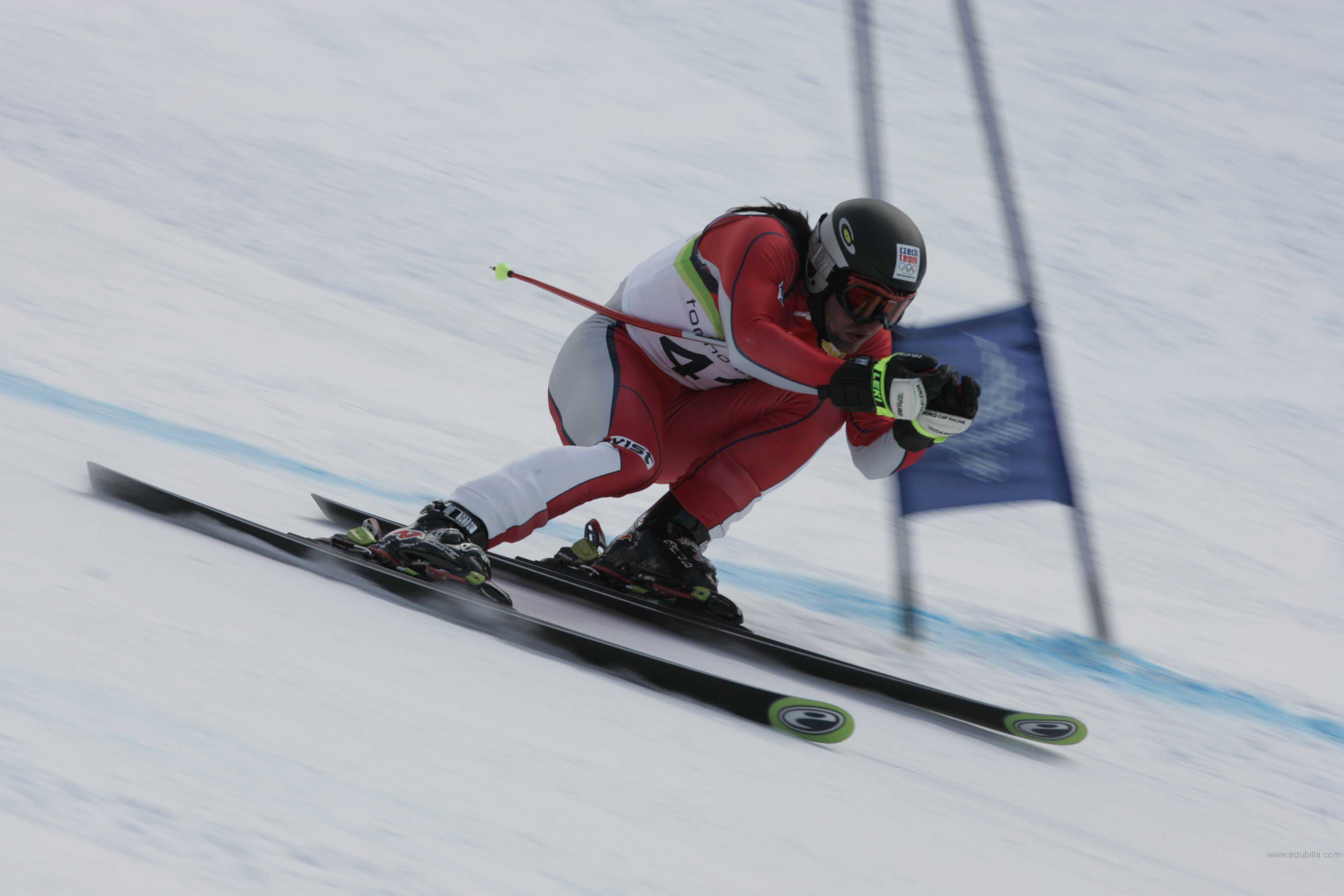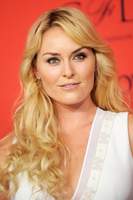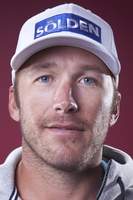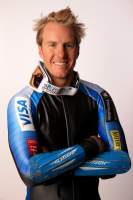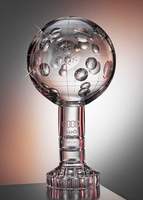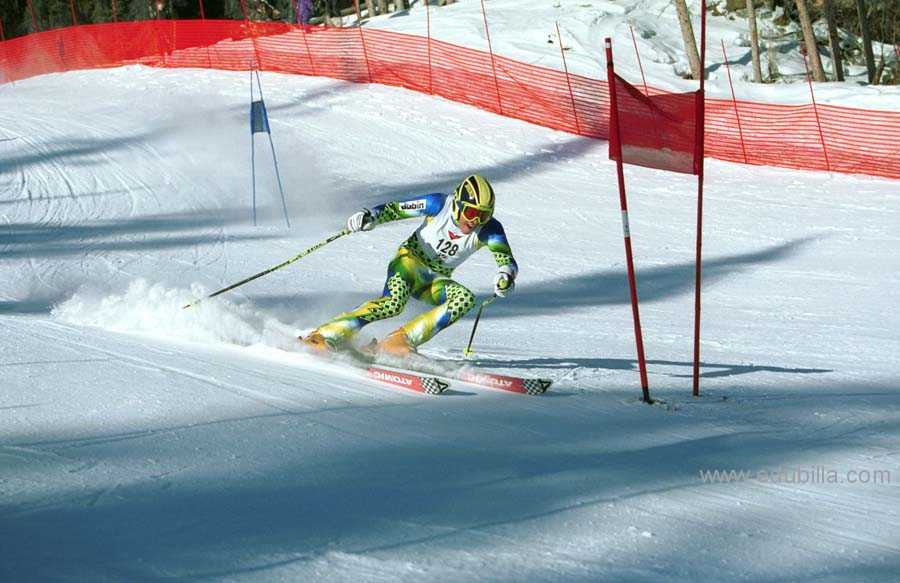
Overview Of Alpine skiing
Alpine skiing, or downhill skiing, is the sport or recreation of sliding down snow-covered hills on skis with fixed-heel bindings. It is characterized by the requirement for mechanical assistance getting to the top of the hill, since the equipment does not allow efficient walking or hiking, unlike cross-country skis which use free-heel bindings. It is typically practised at ski resorts which provide services such as ski lifts, artificial snow making and grooming, first aid, and restaurants. Back-country skiers use alpine skiing equipment to ski off the marked pistes, with the transport by helicopter or snowcat.
Game Rules
Anti-Doping:
To promote and protect the integrity of sport and the health of athletes, the IPC, together with International Federations and the National Paralympic Committees established the IPC Anti-Doping Code.
The aims of the code, which is fully compliant with the World Anti-Doping Agency Code, are:
To protect the athlete’s right to participate in doping free sport and thus promote health, fairness and equality for athletes worldwide.
To ensure harmonised, coordinated and effective anti-doping programmes on the international and national level with regards to detection, deterrence and prevention of doping.
Anti-doping rules, like Competition rules, are sport rules governing the conditions under which sport is played. All participants (athletes and athlete support personnel) accept these rules as a condition of participation and are presumed to have agreed to comply with the IPC Anti-Doping Code.
Alpine Skiing Classification
Sport Classes LW 1-9: Standing Skiers
Skiers with leg impairments:
Sport Class LW 1: This sport class is allocated to athletes with an impairment that strongly affects both legs, for example an above knee amputation of both legs or significant muscle weakness in both legs.
Sport Class LW 2: Skiers have a significant impairment in one leg. Some skiers, for example, have an impaired leg from birth. You will see them ski with one ski only.
Sport Class LW 3: This sport class is for athletes who have a moderate impairment in both legs. They will ski with two skis and prosthesis. Some LW 3 skiers have mild coordination problems or muscle weakness in both legs, or a below knee amputation in both legs.
Sport Class LW 4: Similar to skiers in Sport Class LW 2, LW 4 skiers have an impairment in one leg only, but with less Activity Limitation. A typical example is a below knee amputation in one leg. They will use two skis during the race.
Skiers with arm impairments:
Sport Class LW 5/7: Athletes in this sport class ski with an impairment in both arms. Some athletes have amputations and others have limited muscle power or coordination problems. They will race down the slopes without ski poles.
Sport Class LW 6/8: Skiers have an impairment in one arm. Skiers will compete with one ski pole only.
Skiers with combined arm and leg impairments:
Sport Class LW 9: Skiers in this Sport Class have an impairment that affects arms and legs. Some skiers in this class have coordination problems, such as spasticity or some loss of control over one side of their body. Depending on their abilities, they will ski with one or two skis and one or two poles.
Sport Classes LW 10-12: Sit-Skiers
All sit-skiers have an impairment affecting their legs. They are allocated different sport classes depending on their sitting balance, which is very important for acceleration and balancing during the races.
Sport Class LW 10: Skiers in this sport class have no or minimal trunk stability, for example due to spinal cord injuries or spina bifida. They therefore rely mainly on their arms to manoeuvre the sit-ski.
Sport Class LW 11: Skiers have good abilities in their upper trunk, but very limited control in their lower trunk and hips, as it would be the case for skiers with lower spinal cord injuries.
Sport Class LW 12: This sport class includes skiers with normal or only slightly decreased trunk function and leg impairments. Skiers with leg impairments in Sport Classes LW 1-4 often also fit this sport class, so that they can choose if they want to ski sitting or standing in the beginning of their career.
Sport Classes B1-3: Skiers with visual impairment
Sport Class B1: Skiers in this sport class are either blind or have very low visual acuity. By way of explanation, their level of visual acuity is such that the athlete cannot recognize the letter “E” (15x15cm in size) from a distance of 25cm. During the race they are required to wear eyeshades.
Sport Class B2: This sport class profile includes athletes with a higher visual acuity than athletes competing in the B1 class, but they are unable to recognize the letter “E” from a distance of 4m. Moreover, athletes with a visual field of less than 10 degrees diameter are eligible for this sport class.
Sport Class B3: The B3 sport class profile describes the least severe visual impairment eligible for Alpine Skiing. Eligible athletes either have a restricted visual field of less than 40 degrees diameter or a low visual acuity.
In IPC Alpine Skiing, you will see athletes with visual impairment skiing with a guide. The guide skis in front of the athlete and verbally gives directions to the athlete.
Para-Snowboard
Paralympic Snowboard currently offers three sport classes, one for athletes with a significant impairment in one or both legs, one for athletes with less severe activity limitation in their lower limbs and one for athletes with arm impairments. The sport is under development and with its growth the classification system will be refined gradually.
Sport Class SB-LL1: Snowboarders in the sport class SB-LL1 have an significant impairment in one leg, for example an above knee amputation, or a significant combined impairment in two legs, for example significant muscle weakness or spasticity in both legs. This will effect their ability to balance, control the board and absorb the terrain. Athletes with amputations will use prosthesis during the races.
Sport Class SB-LL2: Snowboarders in the sport class SB-LL2 have an impairment in one or two legs with less activity limitation. A typical example is a below knee amputation or mild spasticity.
Sport Class SB-UL: Snowboarders in the have impairments of the upper limbs, which impacts on the ability to balance when racing down the slopes.
In the Sochi 2014 Paralympic Winter Games, however, only events for athletes in Sport Class SB-LL were offered.
Detailed Alpine skiing Rules Can Be Downloaded From Documents
Equipments Need For Alpine skiing
Boots:
Reinforced plastic boots are specific to the competition discipline. Raising of the boot sole is permitted to increase the ability to pressurise the ski. The maximum distance between boot sole and foot is regulated, presently at 50mm for men and 45mm for women.
Gloves:
Made of leather or synthetic material. Slalom gloves also have a plastic forearm guard for protection when skiing through the gates.
Goggles:
Ski goggles protect the eyes against weather, glare and the effects of speed on the eyes. Goggles can be worn with a variety of lens colours to maximise contrast and visibility.
Helmet:
A helmet is compulsory for downhill and super-G and is often worn in slalom and giant slalom. Some skiers choose to attach a chin guard.
Poles:
In the downhill and super-G, poles are curved to fit around the body to reduce air resistance. In the slalom events, poles are straight and often have plastic guards covering the knuckles to help skiers knock the slalom poles out of their path.
Skis:
Skis are generally made of various material (wood, composite fibres) specially adapted to the wear and tear they undergo during a race. Their "performance" on the snow depends also on their length, width and shape which vary, depending on the course, and the speed. Metal edges on the skis are sharpened for every race to make the ski hold during the turn on the icy surface.
Suit:
Skin-tight racing suits are worn to reduce air resistance and suits must meet minimum requirements for air permeability. Padding may be worn under the ski suit a plastic back protector is usually worn in downhill. In slalom events, pads are frequently worn on the arms, knees and shins.
Bindings:
Bindings are the link between the boots and the skis. Safety bindings will release when the torsion or impact is strong enough. The maximum height (distance between the bottom of the running surface of the ski and the ski boot sole) is regulated at 55mm.
History Of Alpine skiing
Alpine skiing typically takes place on a piste at a ski resort. It is characterized by fixed-heel bindings that attach at both the toe and the heel of the skier's boot. Because it is difficult to walk in alpine equipment, ski lifts including chairlifts bring skiiers up the slope. Backcountry skiing can be accessed by helicopter or snowcat. Facilities at resorts can include night skiing, après-ski, and glade skiing under the supervision of the ski patrol and the ski school. Alpine skiing branched off from the older Nordic skiing around the 1920s, when the advent of ski lifts meant that it was not necessary to walk any longer. Alpine equipment specialized to where it can only be used with the help of lifts.
Though humans have been skiing since 3000 B.C., it’s been only about 100 years since skiing changed from a means of transportation to a means of recreation. And when humans started skiing for fun, they decided that one way to have a good time was to ski downhill as fast as they could.
Sondre Norheim:
Sondre Norheim, born Sondre Auverson, (June 10, 1825 – March 9, 1897) was a Norwegian skier and pioneer of modern skiing. Sondre Norheim is known as the father of Telemark skiing.
Alpine skiing could not have begun without a very important invention — the first toe-and-heel binding, developed by Sondre Norheim of Telemark, Norway, about 1850. Prior to this, skis had been held to the foot with toe straps and an occasional, flimsy heel strap. But Norheim’s toe-and-heel strap was so sturdy that skiers could head down steeper hills without worrying their skis would come off.
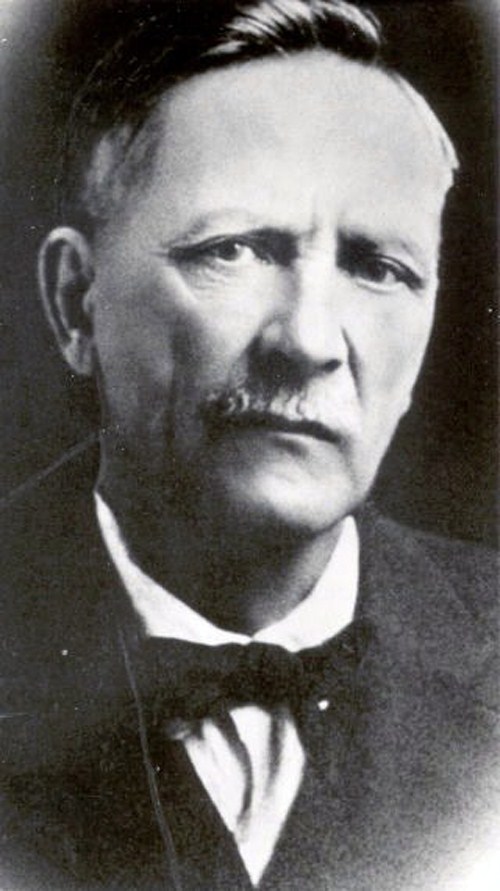
Alpine words:
The words “alpine” and “nordic” also show how the two forms of skiing developed. “Nordic” refers to Scandinavia, where skiing began and where the land is relatively flat. “Alpine” refers to the Alps, that steep and grand mountain range in the center of Europe. Nordic skiers pushed themselves across flat land, while alpine skiers raced down steep mountains.
Alpine skiing in Olympic:
Alpine skiing made its Olympic debut at the 1936 Garmisch-Partenkirchen Games with a men's and women's combined event, featuring a downhill and two slalom runs. Giant slalom first appeared at the 1952 Oslo Games and the super giant slalom, or super G, was added at the 1988 Calgary Games.
Men and women will each compete in five Alpine skiing events at Torino:
downhill: a steep descent against time
slalom: a short race featuring sharp turns around flags giant slalom: longer, looser version of the slalom
super G: slalom race that is a bit faster and longer than the giant slalom combined: one downhill run followed by two slalom runs; fastest combined time wins
Origin Of Alpine skiing
Skiing has an ancient history. The birth of modern downhill skiing is often dated to the 1850s when Norwegian legend Sondre Norheim popularised skis with curved sides, bindings with stiff heel bands made of willow, as well as the Telemark and Christiania (slalom) turns.
Ancient origins:
Skiing can be traced to prehistoric times by the discovery of varying sizes and shapes of wooden planks preserved in peat bogs in Russia, Finland, Sweden and Norway. Ski fragments discovered in Russia have been carbon-dated back to circa 8000-7000 BC. It is virtually certain that a form of skiing has been an integral part of life in colder countries for thousands of years.
First competitions:
Skiing changed its from a method of transportation into a sporting activity during the late 19th century. The first non-military skiing competitions are reported to have been held in the 1840s in northern and central Norway. The first national skiing competition in Norway, held in the capital Christiania (now Oslo) and won by Sondre Norheim, in 1868, is regarded as the beginning of a new era of skiing enthusiasm. A few decades later, the sport spread to the remainder of Europe and to the US, where miners held skiing competitions to entertain themselves during the winter. The first slalom competition was organised by Sir Arnold Lunn in 1922 in Mürren, Switzerland.
Olympic growth:
Men’s and women’s alpine skiing both debuted on the Olympic programme in 1936 at Garmisch-Partenkirchen. The only event that year was a combined competition of both downhill and slalom. In 1948, this was held along with separate downhill and slalom races. Four years later the giant slalom was added and in 1988 the super giant slalom became a fourth separate event.
Governing Bodies
International Ski Federation(FIS):
International Ski Federation is the world highest governing body for international skiing and snowboarding founded in 1924.
It is responsible for the Olympic disciplines of Alpine skiing, Cross-Country skiing, Ski Jumping, Nordic Combined, Freestyle skiing and Snowboarding including setting the international competition rules. The organization now has a membership of 118 national ski associations and is based in Oberhofen am Thunersee, Switzerland.
Ski disciplines:
The federation organises the following ski sport disciplines, for which it oversees World Cup competitions and World Championships:
-Alpine skiing
-Snowboarding
-Nordic skiing
-Freestyle skiing
Structure:
The FIS organisational structure has been developed to maximize the ability for FIS to meet its goals as the international governing body for skiing and snowboarding.
The FIS Congress (or General Assembly) elects the 17 member Council (Executive Board) every two years that oversees activities between Congresses. In order to advise the Council, it nominates members to specialist Technical Committees, sub-committees and working groups that serve as advisory bodies.
The following diagram depicts the organisational structure of FIS:

To Visit FIS Click Here
Awards Related To Alpine skiing
Alpine Ski Club:
The Alpine Ski Club (ASC) is an active club of ski mountaineers based in the UK and the first ski mountaineering club in Great Britain.
Awards:
The Alpine Ski Club has two award schemes. These are the Kenneth Smith Scholarship and the Memorial Adventure Fund.
FIS Alpine Ski World Cup:
The FIS Alpine Ski World Cup is the top international circuit of alpine skiing competitions, launched in 1966 by a group of ski racing friends and experts which included French journalist Serge Lang and the alpine ski team directors from France (Honore Bonnet) and the USA (Bob Beattie).It was soon backed by International Ski Federation (FIS) president Marc Hodler during the FIS Alpine World Ski Championships 1966 at Portillo, Chile, and became an official FIS event in the spring of 1967 after the FIS Congress at Beirut, Lebanon. The first World Cup ski race was held in Berchtesgaden, West Germany, on January 5, 1967. Jean-Claude Killy of France and Nancy Greene of Canada were the overall winners for the first two seasons.
BASS SKI AWARD:
The Green, Penguin and Polar Bear awards are for children of 6 years old and under. Award levels 1-9 are for children of 7 years and older. Each award level is designed to reward skill development at every stage from beginner to expert skier. Our instructors run a range of activities during lessons to develop and guide skiers to the next level. It usually takes a few weeks of skiing to work through each of the higher award levels.
KELL ANTOFT AWARD:
This award is presented to a male and female K1 age athlete who is a member in good standing* with Alpine Ski Nova Scotia. It will be awarded to the athlete that has the greatest total of World Cup point results in their age category for events held within the Province of Nova Scotia. The award will be presented at the Alpine Ski Nova Scotia Annual General Meeting.
K2 ATHLETE AWARD:
This award is presented to a male and female K2 age athlete who is a member in good standing* with Alpine Ski Nova Scotia. It will be awarded to the athlete that has the greatest total of World Cup point results in their age category for events held within the Province of Nova Scotia. The award will be presented at the Alpine Ski Nova Scotia Annual General Meeting.
J1/J2 ATHLETE AWARD:
This award is presented to a male and female J1/J2 age athlete who is a member in good standing* with Alpine Ski Nova Scotia. It will be awarded to the athlete that has the greatest total of World Cup point results in their age category for events held within the Province of Nova Scotia. The award will be presented at the Alpine Ski Nova Scotia Annual General Meeting.
RICOH NOMINATIONS – Top Male and Female Athlete of the Year
This nomination will be awarded to a male and female from K2 to J2 age athlete who is a member in good standing* with Alpine Ski Nova Scotia. It will be given to the athlete that has the greatest total of National Points for events in the Atlantic Cup Series as determined by the race calculation criteria approved by Alpine Atlantic Alpin (AAA) Committee. The winners of this award then will have their names forwarded as nominations for the Sport Nova Scotia RICOH AWARD of Athlete of the Year.
TEAM AWARD:
This award is presented to the club who is a member in good standing* with Alpine Ski Nova Scotia. It will be awarded to the club that has greatest total from their top four athletes finishes from Nova Scotia events. World Cup point results will be used. The winner will have their name forwarded as a nomination for the Sport Nova Scotia RICOH AWARD of Team of the Year.
Sample Documents Of Alpine skiing
-Lance Armstrong

